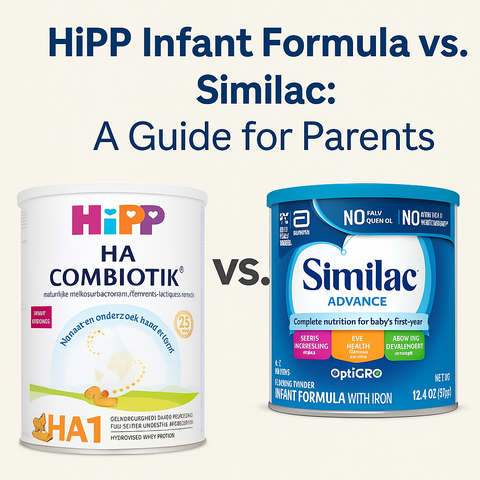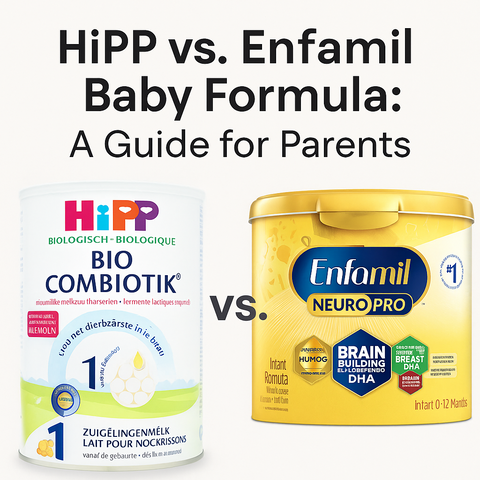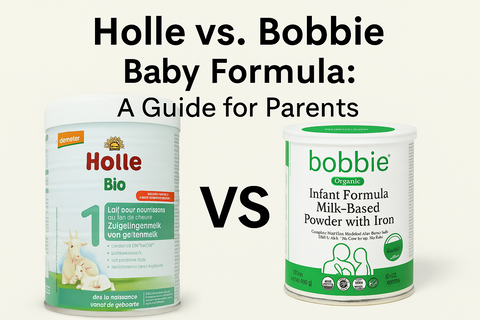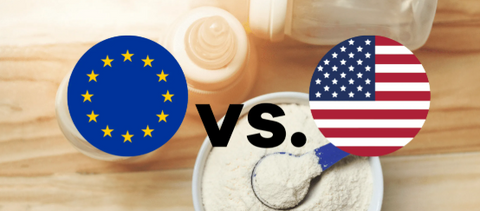How to Choose Safe Sunscreen for Your Baby: A Parent’s Guide
As a parent, keeping your little one safe in the sun is a top priority, but choosing the right sunscreen can feel overwhelming. With so many options on store shelves and online, how do you know what’s safe and effective for your baby’s delicate skin? The good news? It doesn’t have to be a guessing game. This guide will show you how to confidently choose safe sunscreen for your baby, breaking down everything from ingredients to application tips. Whether you’re planning a beach day or just a stroll in the park, we’ve got you covered with practical, parent-friendly advice. Let’s dive in!
Why Babies Need Special Sunscreen
Babies aren’t just tiny adults. Their skin is different, and that’s why they need special care regarding sun protection. Your baby’s skin is thinner and more sensitive than yours, with a weaker barrier that absorbs things more easily. That means harsh chemicals in adult sunscreens could cause irritation or worse. Plus, babies also can’t regulate their body temperature, making sunburn a bigger risk.
Pediatricians generally recommend avoiding sunscreen for babies under 6 months unless sun exposure is unavoidable. Shade and clothing are your best bet. But once your little one hits that 6-month mark, sunscreen becomes a key player in keeping them safe. Your baby’s skin is delicate, so let’s pick something gentle yet effective. Look for products designed specifically for infants, with formulas prioritizing safety over flashy marketing claims.

Key Ingredients to Look For or avoid
When it comes to baby sunscreen, ingredients matter more than the cute packaging. Don’t worry – we’ll break down the label lingo for you! The safest options are mineral-based sunscreens with zinc oxide and/or titanium dioxide. These natural blockers sit on top of the skin, reflecting UV rays instead of soaking in. They’re gentle, non-irritating, and perfect for sensitive little ones.
On the flip side, there are ingredients to steer clear of. Chemical filters like oxybenzone can be harsh and may disrupt hormones, not something you want near your baby! Parabens (preservatives) and fragrances are also no-nos, as they can trigger allergies or irritation. Stick to hypoallergenic, fragrance-free formulas for peace of mind. Some brands even boast “non-toxic” or “reef-safe” labels, which are bonus points in 2025 as eco-friendly trends grow.
Besides the two listed ingredients above, we compiled a handy checklist of the most important ingredients to avoid in the sunscreen for your baby:
- Octinoxate: Linked to endocrine disruption, organ system toxicity, and reproductive organ disruption.
- Homosalate: Has been linked to hormone disruption.
- Octocrylene: Found to be a strong allergen in children, potentially leading to dermatitis.
- Avobenzone: While not as widely researched yet, it's still recommended to avoid it if possible due to potential concerns about endocrine disruption.
- Retinyl Palmitate: A form of vitamin A that can increase sun sensitivity.
- Phthalates: These are used in plastics but can be found in some personal care products and have been linked to potential developmental concerns.
- Alcohol: Can be drying and irritating for sensitive skin.
- Fragrances: Can cause allergic reactions and skin irritation.
- Mineral Oils: Can be comedogenic (clog pores) and don't offer the same nutritional benefits as other oils.
- PEG/PPG Emulsifiers: Can have negative impacts on the skin and are non-biodegradable.
- Aluminium Compounds: Can damage skin cells and block pores, and are generally toxic.
Not sure where to start? Look for sunscreens stamped with a pediatrician or dermatologist approval; it’s like a gold star for safety and can be a great way to get started with a selection.

How to Choose the Right Sunscreen
What other factors are good to consider besides the ingredients?
- SPF 30-50: Enough protection without overkill – SPF 50 blocks about 98% of UVB rays.
- Broad-Spectrum: Shields against both UVA (aging rays) and UVB (burning rays).
- Water-Resistant: Great for splashy playdates, though reapply after swimming.
- Hypoallergenic: Reduces the chance of rashes or reactions.
Then there’s the form: cream, lotion, or stick. Creams are classic and spread evenly, while sticks are a lifesaver for wiggly toddlers (I’ve found them so handy for quick touch-ups – what about you?). Lotions can be lighter but might need more rubbing in. For babies with sensitive skin, test a small patch first to be sure.
In 2025, brands are rolling out innovative options like tear-free formulas and easy-spray applicators (avoid inhaling those!). Stick to trusted names or check reviews from other parents. A little research goes a long way to finding the best sunscreen for babies that fits your family’s needs.

Application Tips for Busy Parents
Applying sunscreen to a baby can feel like wrestling a tiny octopus – but it’s doable with the right approach! Here’s a step-by-step guide:
- Time It Right: Apply 15-30 minutes before heading outside so it sinks in.
- Use Enough: About 1 ounce (a shot glass full) covers a baby’s body – don’t skimp!
- Cover All Spots: Hit the face, ears, hands, and under straps or clothing edges.
- Reapply: Every 2 hours, or after swimming or sweating, even if it’s water-resistant.
Getting sunscreen on a squirmy baby? Try singing a song to distract them. “Twinkle, Twinkle” has saved me more than once! For the face, dab small dots on cheeks and forehead, then gently rub in. Sticks are fantastic for quick swipes on restless little ones. And if they hate the feel, start with a light layer and build up as they get used to it.
Pro tip: Make it a routine, like brushing teeth, and soon it’ll be second nature. With these sunscreen tips for babies, you’ll be ready for sunny days without the stress.
Beyond Sunscreen – Extra Sun Safety Tips
Sunscreen’s a superstar, but it’s not the only player on your sun-safety team. Pair it with these extras for double protection:
- UV-Protective Clothing: Look for lightweight, long-sleeve shirts or rash guards with UPF 50+.
- Hats: Wide-brimmed or legionnaire styles shade the face, neck, and ears – bonus points if they’re cute!
- Stroller Shades: Pop-up canopies or blankets block rays during walks.
- Timing: Avoid peak sun hours (11 a.m.–4 p.m.) when UV rays are strongest.
Sunscreen’s a team player – pair it with a floppy hat, and your baby’s ready for adventure! On super-hot days, stick to shaded spots or indoor play. These baby sun safety tips protect your little one without relying on sunscreen alone. Plus, who doesn’t love a tiny beach hat photoshoot?

Conclusion
Choosing a safe sunscreen for your baby is all about gentle ingredients, smart application, and a little extra care. With mineral-based formulas like zinc oxide, a solid SPF, and a few tricks up your sleeve, you can tackle sunny days worry-free. Add in some UV clothing and a shady spot, and you’ve got a winning combo. Ready to pick the perfect sunscreen? Your baby’s sunny adventures await, whether it’s a splash in the kiddie pool or a picnic in the backyard!
Disclaimer:
The information provided in this blog post is intended for general informational purposes only and does not constitute medical advice. Always consult a pediatrician or qualified healthcare provider before using sunscreen on your baby, especially for infants under 6 months or those with specific skin conditions or allergies.




